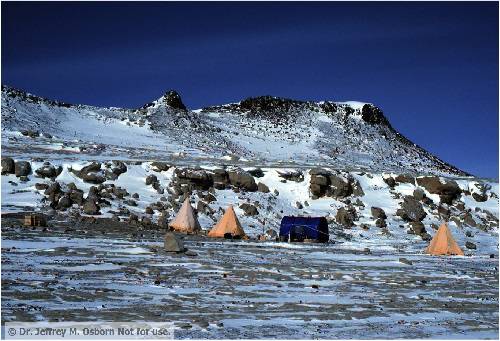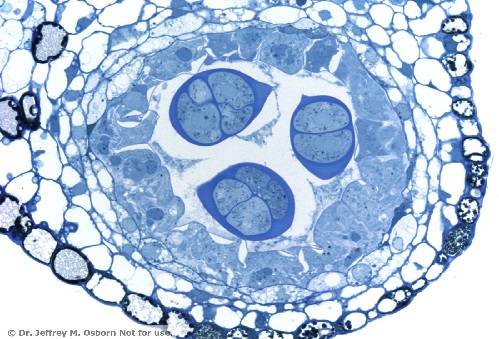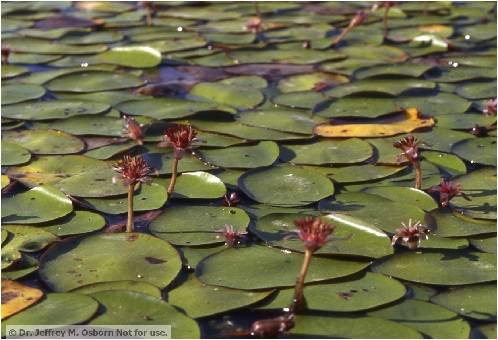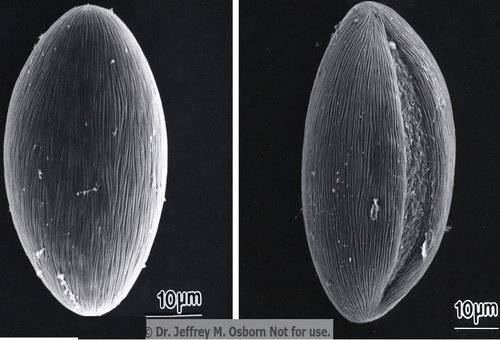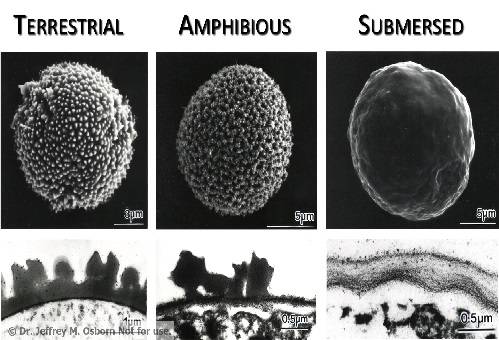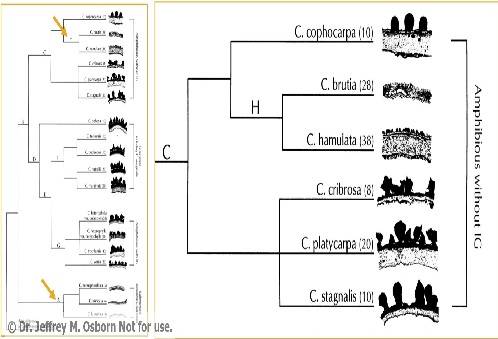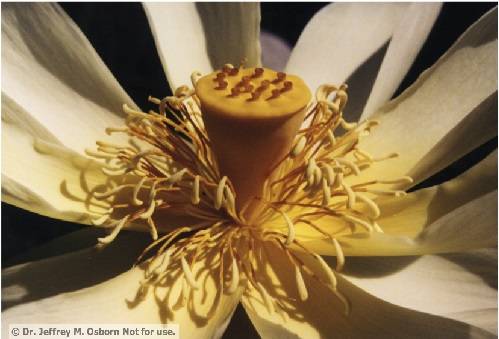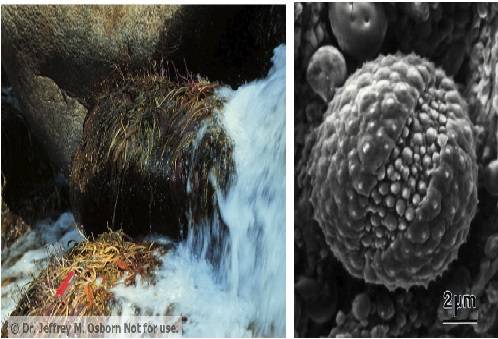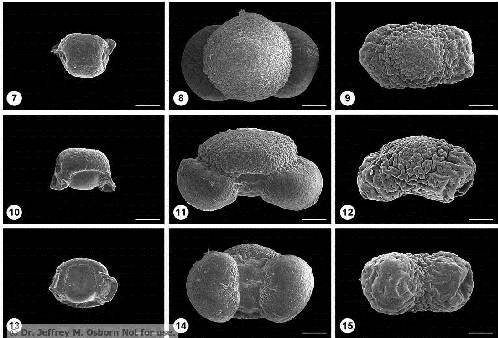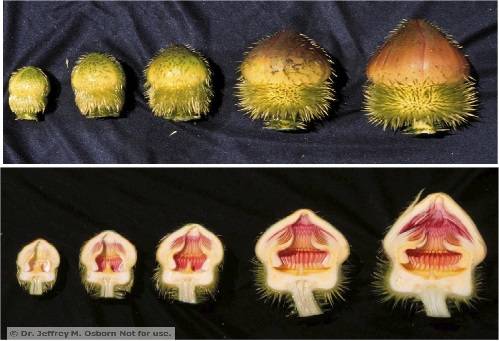Project Topic / Abstract:
“Pollen and anther development in Brasenia (Cabombaceae, Nymphaeales).”
Brasenia, commonly known as the Water Shield, is a monotypic genus sporadically distributed in freshwater ponds and lakes throughout temperate and tropical regions of the Americas, Asia, Australia, and Africa. Brasenia is one of eight genera that comprise the two families of Nymphaeales, or water lilies: Cabombaceae (Brasenia, Cabomba) and Nymphaeaceae (Victoria, Euryale, Nymphaea, Ondinea, Barclaya, Nuphar). Currently, evidence from a broad range of phylogenetic studies indicates that the Nymphaeales are among the most primitive flowering plants and that Amborella or Amborella plus Nymphaeales is the sister group to the remaining angiosperms. Investigations of pollen structure and development, along with the accompanying changes within the anther, yield an array of valuable characters for investigating phylogeny. Despite their phylogenetic utility, pollen developmental characters have not been well documented in Brasenia. In this presentation, pollen and anther ontogeny will be described for Brasenia schreberi J. F. Gmel. Anthers at the sporogenous tissue, microspore mother cell, tetrad, free microspore, and mature pollen grain stages have been studied using scanning electron, transmission electron, and light microscopy. Ontogenetic events including the deposition of a microspore mother cell coat, a callose ‘special’ wall, a primexine, and the sporoderm layers will be discussed. The tetrad stage proceeds rapidly and variation in tetrad geometry has been identified in Brasenia. Formation of the infratectal columellae and the tectum begins during the tetrad stage, with the tectum forming discontinuously. The endexine lamellae and foot layer form during the free microspore and early grain stages, and their development varies in the apertural and non-apertural regions of the pollen wall. Brasenia is wind pollinated, and several pollen characters appear to be correlated with this pollination syndrome. The adaptive significance of these characters, in contrast to those of Cabomba, the fly pollinated second genus within Cabombaceae, will be discussed.
Publications:
- E. E. Johnson, M. L. Taylor, Renee Lopez-Smith, and D. Morningstar. 2004. What works for me: Undergraduate perspectives on professional development. Plant Science Bulletin 50 (4): 102-105. Article
- Taylor, M. L. and J. M. Osborn. 2006. Pollen Ontogeny in Brasenia (Cabombaceae, Nymphaeales). American Journal of Botany 93: 344-356. (Including color cover of journal issue for March 2006) Cover | Article(PDF)
Presentations:
2004
- Truman Student Research Conference (Kirksville, MO) Abstract
- Botany 2004 (Snowbird, UT) Abstract
- Botany 2004 (Snowbird, UT) Abstract
2005
- International Botanical Congress (Vienna, Austria)
- Truman Student Research Conference (Kirksville, MO) Abstract
- National Conference on Undergraduate Research (Lexington, VA)
- Tri Beta Regional (Steelville, MO)


